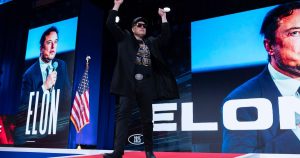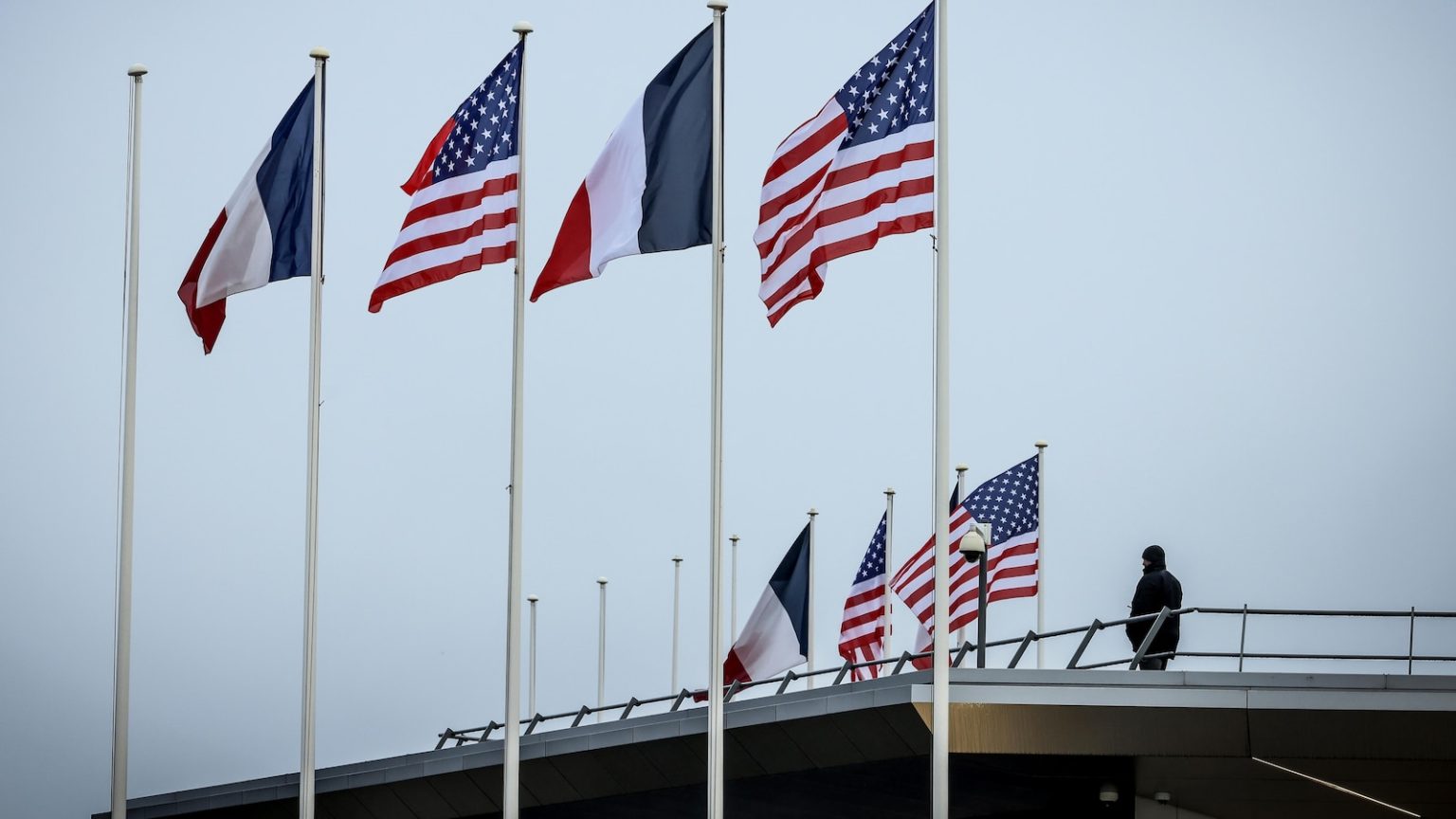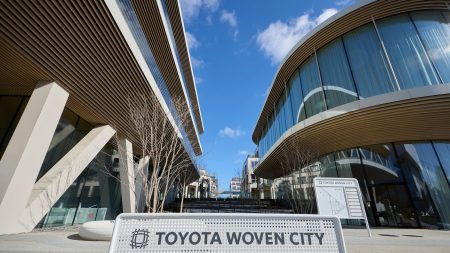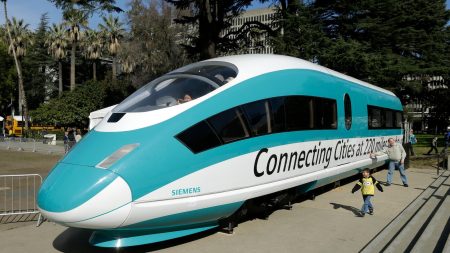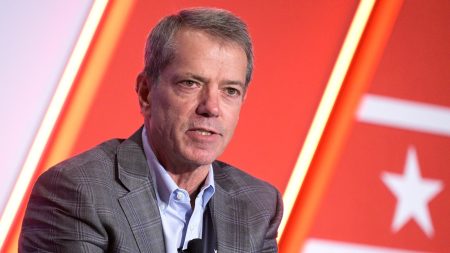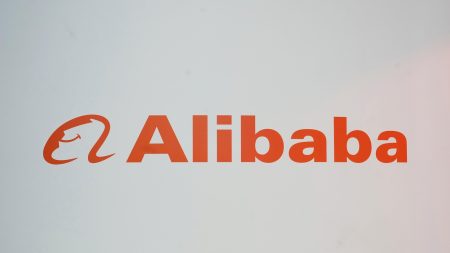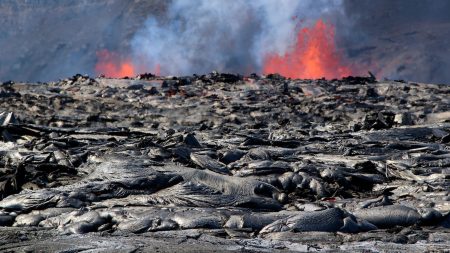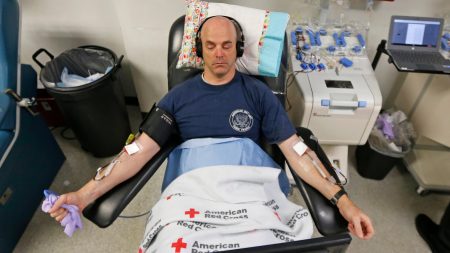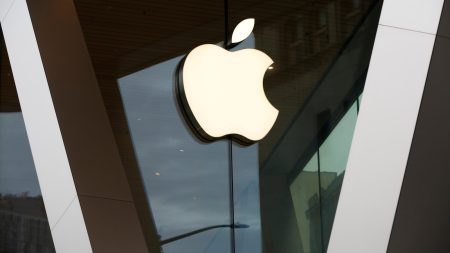1. JD Vance’s Keynote Speech and the Broader Context of the Paris AI Summit
JD Vance, the Vice President of the United States, made history by delivering a keynote speech at the Paris AI Summit on Tuesday, marking his first foreign trip since assuming office. The summit, which brought together global leaders, tech executives, and policymakers, served as a platform to discuss the transformative impact of artificial intelligence (AI) on security, economics, and governance. Vance’s address was highly anticipated, as it was expected to challenge Europe’s regulatory approach to AI and its moderation of content on Big Tech platforms. This divergence in AI governance between the U.S. and its European allies has been a growing point of contention, with the U.S., under President Donald Trump, advocating for a hands-off approach, while Europe emphasizes regulation and investment. Meanwhile, China is expanding access to AI through its state-backed tech giants, further complicating the global landscape. Vance’s speech, therefore, not only highlighted the U.S. perspective but also underscored the broader tensions shaping the future of AI governance.
2. Global Perspectives on AI Governance: Divergence and Tensions
The Paris AI Summit laid bare the stark differences in how major global powers are approaching AI. Europe, led by policymakers and regulators, is pushing for stricter controls over AI technologies, focusing on ethical considerations, privacy, and safety. This approach has drawn criticism from Vance, who has been vocal in his opposition to European content moderation policies. He even suggested that the U.S. might need to reconsider its NATO commitments if European governments impose restrictions on Elon Musk’s social media platform, X. On the other hand, China is aggressively promoting open-source AI and state-backed initiatives to expand access to AI tools, arguing that this will ensure global benefits. Chinese Vice Premier Zhang Guoqing’s attendance at the summit highlighted Beijing’s interest in shaping global AI standards, further intensifying competition in this critical area.
The summit also brought to light the U.S. government’s hands-off approach to AI, which contrasts sharply with Europe’s regulatory mindset. While Europe seeks to balance innovation with oversight, the U.S. under President Trump has championed a more laissez-faire model, trusting the private sector to drive progress. This divergence has created tension among allies, particularly as AI becomes increasingly intertwined with defense, warfare, and global power dynamics.
3. The Role of AI in Global Power Shifts and Security Concerns
AI’s potential to reshape global power dynamics dominated discussions at the summit. As nations grapple with how to regulate and harness this technology, concerns over its dangers loomed large. Admiral Pierre Vandier, NATO’s commander overseeing modernization efforts, warned, “I think one day we will have to find ways to control AI or else we will lose control of everything.” This sentiment reflects the growing anxiety among global leaders about the unchecked growth of AI and its implications for security and governance.
Vance’s visit to Paris also included candid discussions on Ukraine and the role of AI in modern warfare. The U.S. has been a key supporter of Ukraine in its conflict with Russia, but Vance has questioned the sustainability of U.S. aid to Kyiv, echoing President Trump’s skepticism about Western strategy toward Russia. Trump has pledged to end the war in Ukraine within six months if re-elected, a promise that has raised eyebrows among allies. These discussions underscored the broader geopolitical implications of AI, as nations seek to leverage the technology to gain a strategic advantage.
4. Private Sector Battles and the Future of AI Development
Beyond the diplomatic tensions, the Paris AI Summit highlighted the high-stakes battle unfolding in the private sector over AI dominance. A group of investors led by Elon Musk, who now heads Trump’s Department of Government Efficiency, made a staggering $97.4 billion bid to acquire the nonprofit behind OpenAI. This move sent shockwaves through the tech community, as OpenAI CEO Sam Altman swiftly rejected the offer on Musk’s own platform, X. The bid reflects the intense competition in the AI sector, where private companies are racing to develop and control cutting-edge technologies.
Meanwhile, China’s DeepSeek introduced a new AI chatbot, prompting calls in the U.S. Congress to limit its use over security concerns. Beijing, however, has condemned Western efforts to restrict access to AI tools, arguing that open-source AI is essential for ensuring global benefits. This tug-of-war between private sector dominance and public accessibility was a recurring theme at the summit, with analysts suggesting that a new global public-private partnership, “Current AI,” could help counterbalance the influence of private companies. However, it remains unclear whether the U.S. will support such initiatives, given its preference for a hands-off approach.
5. Global Initiatives and the Push for AI Regulation
In an effort to address the challenges posed by AI, the Paris AI Summit saw the launch of a global public-private partnership called “Current AI.” This initiative aims to support large-scale AI projects for the public good, fostering collaboration between governments, corporations, and nonprofit organizations. Analysts view this as a potential counterbalance to the dominance of private companies in AI development, which has raised concerns about accountability and accessibility.
French President Emmanuel Macron, who addressed the summit, emphasized the need for sustainable approaches to AI development. He contrasted France’s reliance on nuclear power with the U.S.’s reliance on fossil fuels, joking that France would “plug, baby, plug” rather than “drill, baby, drill.” This lighthearted remark underscored the broader debate over the environmental and energy implications of AI, which requires significant computational power. Macron’s comments also reflected Europe’s commitment to positioning itself as a credible player in the global AI race, driven by investment and regulation.
6. Vance’s Diplomatic Tour and the Road Ahead
JD Vance’s trip to Paris was just the beginning of his European diplomatic tour. Following the summit, he traveled to Germany to attend the Munich Security Conference, where he pressed European allies to increase their commitments to NATO and Ukraine. Vance also met with French President Emmanuel Macron for a working lunch, discussing issues ranging from Ukraine to the Middle East. These meetings highlighted the ongoing tensions between the U.S. and its European allies, particularly over AI governance and geopolitical strategy.
Vance’s itinerary also included separate meetings with Ukrainian President Volodymyr Zelenskyy and Indian Prime Minister

